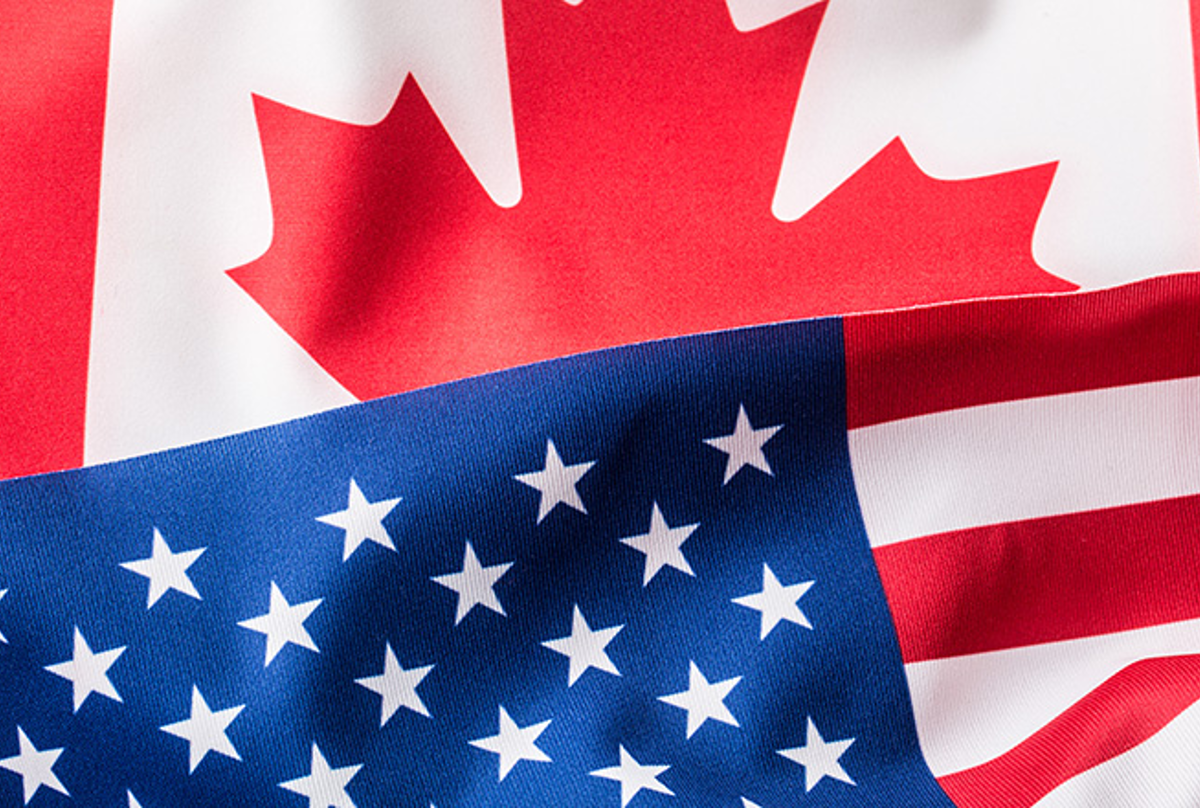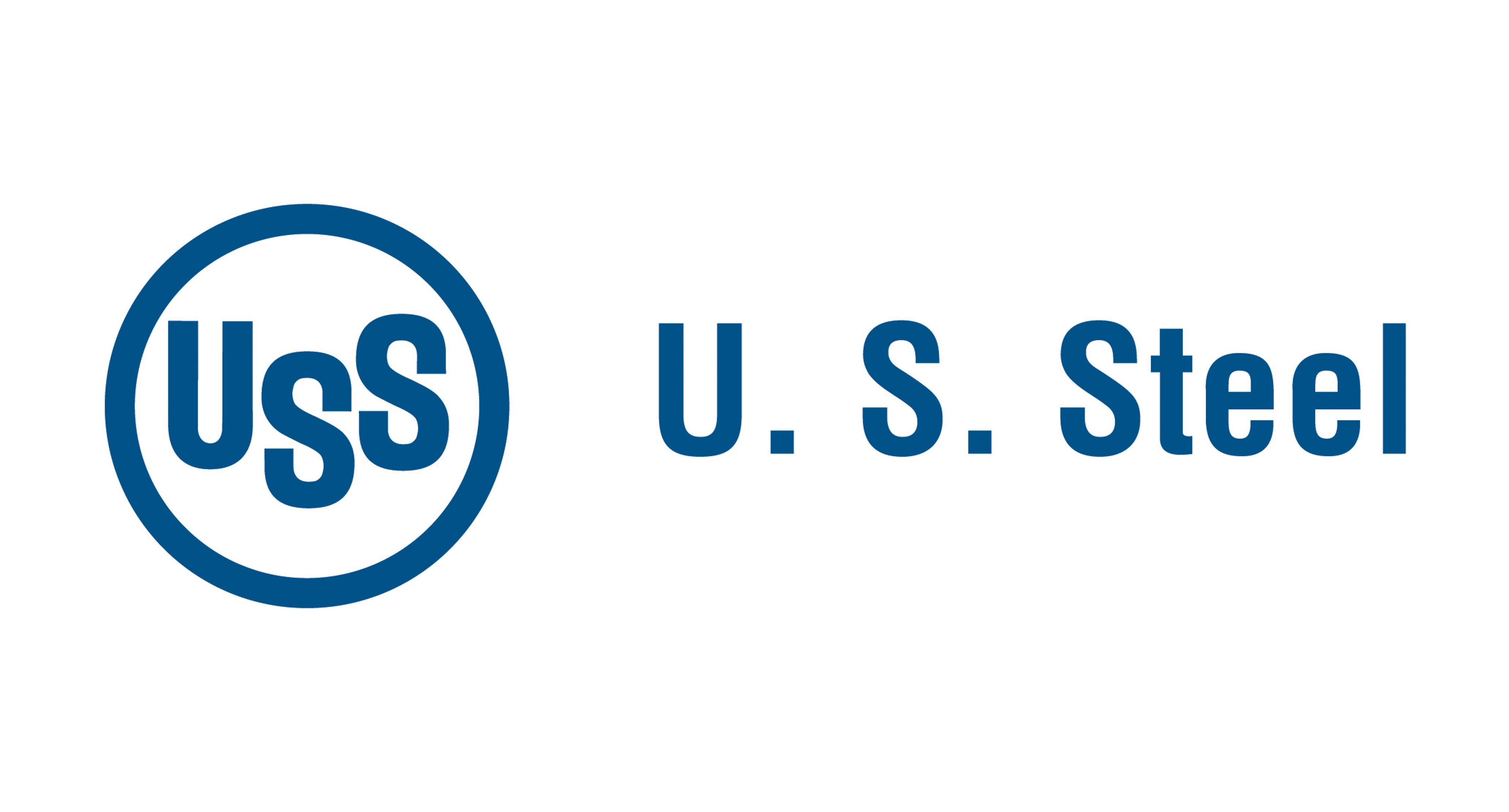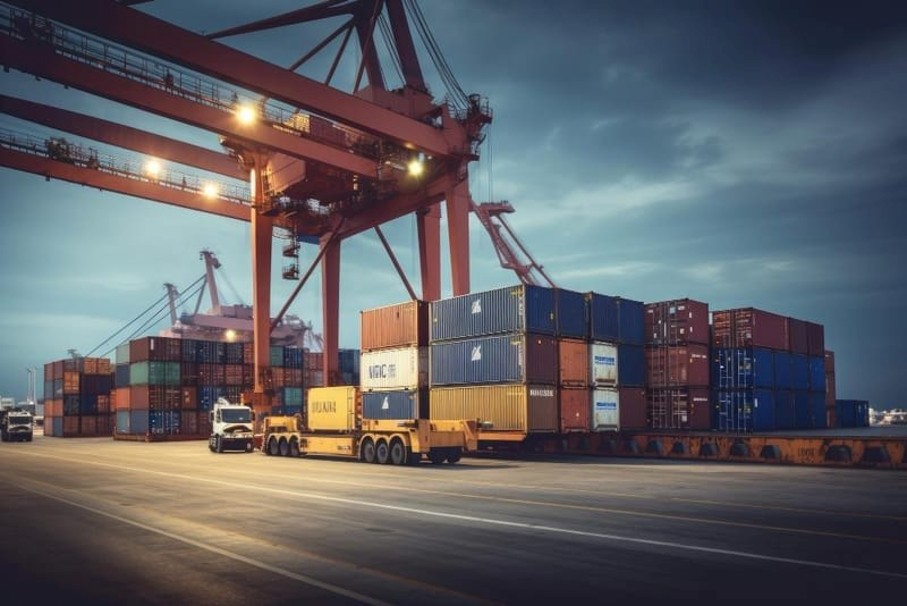Government/Policy

April 24, 2018
Fed Analysts: Tariffs Could Cost More Jobs Than They Save
Written by Tim Triplett
President Trump’s tariffs on steel imports, designed to protect steel industry jobs, are likely to lead to a net loss in U.S. employment, at least in the short to medium run, contend economists with the Federal Reserve Bank of New York.
The tariffs, and their effects on steel prices, are likely to cost more jobs in downstream industries than they save in steel production, concluded the Fed analysts in an April 19 Liberty Street Economics blog.
The Trump administration’s 25 percent tariff on steel, announced March 8, was initially to apply to all trading partners. Canada and Mexico are currently exempt subject to NAFTA negotiations. Implementation of the tariffs for the European Union, Argentina, Australia and Brazil has been paused until at least May 1, subject to a review by the administration. South Korea has received a permanent exemption from the steel tariffs and will instead be subject to a quota of 70 percent of its current average steel exports to the United States.
Although the tariffs were introduced for national security purposes under Section 232, most U.S. imports are sourced from U.S. allies. The largest supplier of steel to the United States is the European Union. Countries for which the tariff is currently not applied account for 67 percent of U.S. steel imports. Only 3.5 percent of U.S. steel imports originate from China, the analysts pointed out.
Despite many duties on steel imports over the years, steel industry employment has trended downward for decades to about 140,000 workers today. In addition to import competition, workers have been displaced by rapid technological progress, which has increased productivity. Since 2000, employment in steel production has fallen 33 percent while output per worker has increased 43 percent.
Tariffs increase the price of imported steel, allowing domestic producers to also increase their prices. Research shows that a 10 percent increase in competitor prices leads to a 5 percent increase in domestic prices. With a 25 percent tax on imported steel, local steel producers can increase their markups and prices and still stay competitive with imports.
However, firms that are dependent on steel inputs face higher prices and become less competitive. U.S. exporters also face higher input costs and will have to either increase export prices or reduce profit margins. These effects could lead to layoffs and lower employment in steel-intensive industries such as auto parts and appliance manufacturing. Researchers estimate these steel-using industries employ roughly two million workers—jobs that are placed at risk by the tariffs—versus just 140,000 in steelmaking.
In 2002, when President Bush introduced steel tariffs of up to 30 percent, the higher steel prices contributed to the loss of 200,000 jobs across the United States, more than the 187,500 workers employed by U.S. steel producers at the time.
The negative effects of the current steel tariffs could be amplified if there is retaliation by other countries. China has already imposed tariffs on $3 billion in fruit and meat imports from the United States.
“Although it is difficult to say exactly how many jobs will be affected, given the history of protecting industries with import tariffs, we can conclude that the 25 percent steel tariff is likely to cost more jobs than it saves,” wrote the bloggers from the New York Fed.







